- About us
- Support the Gallery
- Venue hire
- Publications
- Research library
- Organisation chart
- Employment
- Contact us
- Make a booking
- Onsite programs
- Online programs
- School visit information
- Learning resources
- Little Darlings
- Professional learning
John Coburn AO (1925-2006) grew up in Far North Queensland and left school at 14 to work in a bank. After war service, he enrolled at the National Art School, Sydney under the Commonwealth Reconstruction Training Scheme. Over his three years there his teachers included Godfrey Miller, Dorothy Thornhill and Douglas Dundas. Through the 1950s, he taught at schools and painted some sets for ABC television shows. He held his first solo exhibition in 1958, and won the Blake Prize in 1960. Over the 1960s his style settled into a flat, glowingly colourful abstraction; from the late 1950s, he was producing editions of prints, at first assisted by his wife Barbara Woodward. His 1966 exhibition, at the Hungry Horse Gallery in Paddington, was a sellout. The same year he began designing tapestries, a medium in which he was particularly successful. For three years from 1969 Coburn lived in France, where he worked on two curtains for the new Sydney Opera House. The enormous Curtain of the Sun and even bigger Curtain of the Moon were woven in Aubusson, and hung in the Opera House’s Opera Theatre and Drama Theatre when it opened in 1973. Taken down soon after, they are now considered too valuable and difficult to hang permanently. In 1972 Coburn became head of the National Art School, but he resigned in 1974 to paint. All major Australian public galleries hold his works. The critic John McDonald said in his obituary that Coburn’s was ‘an art of affirmation, by turns cosmic and intimate’.
The Liibus family stayed with the Coburns in France while the Opera House tapestries were under way.
Collection: National Portrait Gallery
Gift of the Liibus family 2015
© Estate of Vaike Liibus
Vivien Jackson (2 portraits)



On one level The Companion talks about the most famous and frontline Australians, but on another it tells us about ourselves.

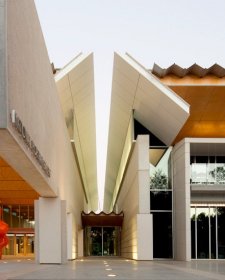
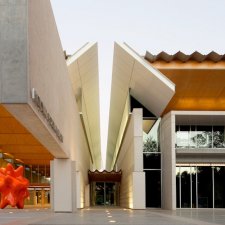
Visit us, learn with us, support us or work with us! Here’s a range of information about planning your visit, our history and more!
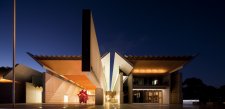
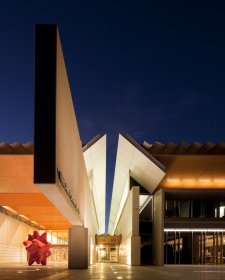
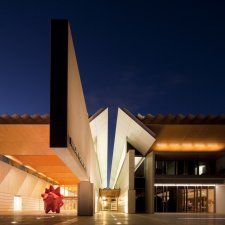
We depend on your support to keep creating our programs, exhibitions, publications and building the amazing portrait collection!